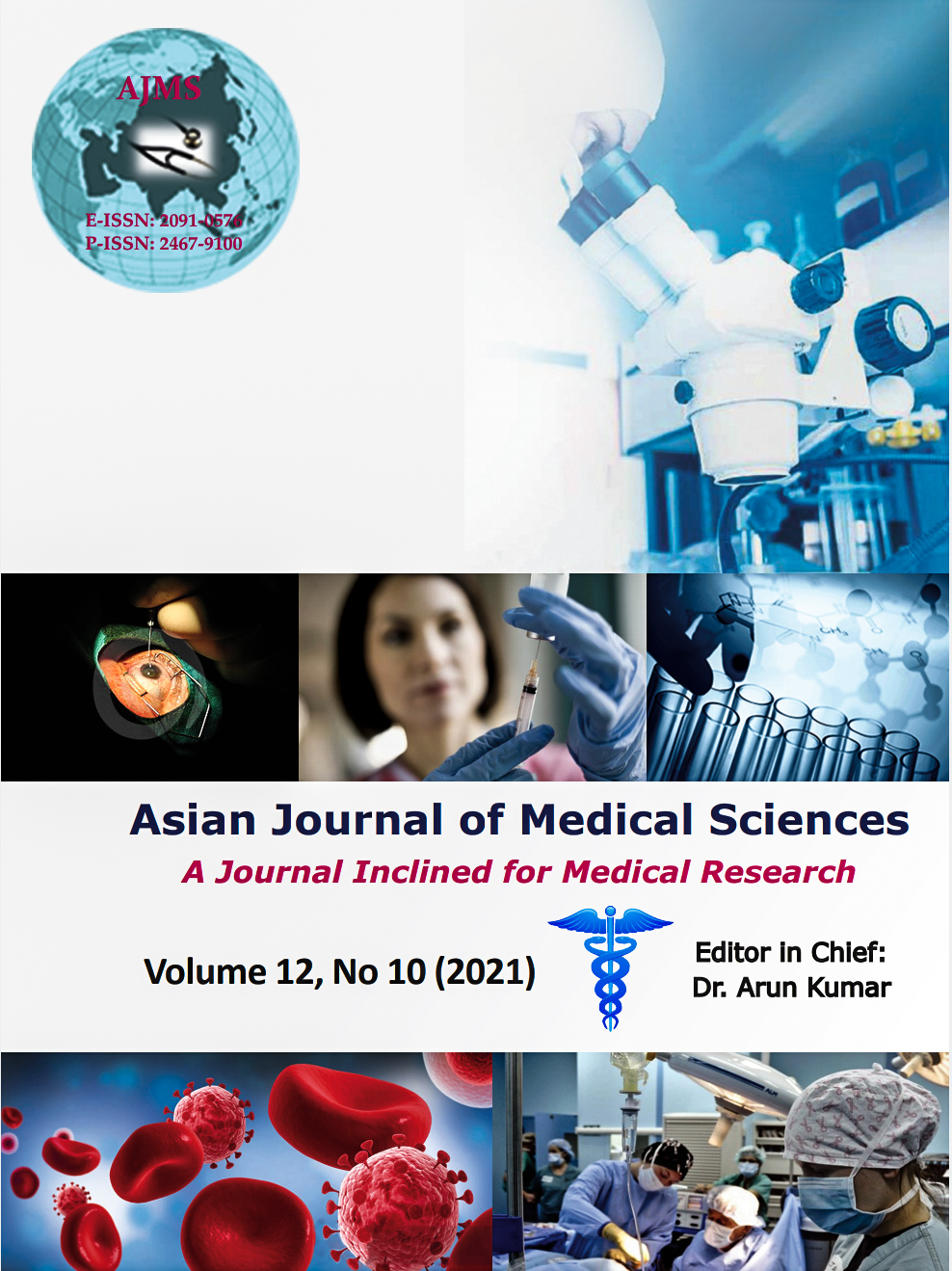Effect of intermittent normobaric hypoxia exposure on acclimatization to high altitude by air induction
Keywords:
Intermittent, Normobaric, Hypoxia, Exposure, Acclimatization, High Altitude, Air InductionAbstract
Background: In emergency like condition, defence personnel are deployed to high altitude without proper acclimatization. Maladaption at high altitude leads to high altitude illness like acute mountain sickness (AMS), high altitude pulmonary edema (HAPE) and high-altitude cerebral edema (HACE) which hampers the operational capabilities.
Aims and Objectives: The aim of the present study was to assess the effect of intermittent normobaric hypoxia exposure (IHE) at sea level on different physiological responses during initial days of acclimatization at 3500m and 4000m altitudes in acute induction.
Materials and Methods: The IHE subjects were exposed to 12% FIO2 (equivalent altitude 14500 ft) for 4 hrs/day for 4 consecutive days at sea level and 5th day they were inducted by air to 3500m altitude. Baseline recording of different physiological parameters like cardiovascular, respiratory, oxygen saturation and AMS score were measured at sea level as well as 3500m altitude on daily basis for 6 days to assess acclimatization status. To confirm acclimatization status at 3500m, on fifth day the IHE group subjects were transported by road to 4000m and again measured different basal physiological parameters (like cardiovascular, oxygen saturation and AMS score) for four consecutive days.
Results: Different physiological parameters of IHE treated group were stabilized by day 4 of air induction at 3500m altitude. Whereas, at 4000m altitude, these parameters were stabilized by day 2 of induction.
Conclusion: Acclimatization schedules of four days at 3500m and two days at 4000m are essential to avoid malacclimatization/or high-altitude illness.
Downloads
Downloads
Published
How to Cite
Issue
Section
License
Copyright (c) 2021 Asian Journal of Medical Sciences

This work is licensed under a Creative Commons Attribution-NonCommercial 4.0 International License.
Authors who publish with this journal agree to the following terms:
- The journal holds copyright and publishes the work under a Creative Commons CC-BY-NC license that permits use, distribution and reprduction in any medium, provided the original work is properly cited and is not used for commercial purposes. The journal should be recognised as the original publisher of this work.
- Authors are able to enter into separate, additional contractual arrangements for the non-exclusive distribution of the journal's published version of the work (e.g., post it to an institutional repository or publish it in a book), with an acknowledgement of its initial publication in this journal.
- Authors are permitted and encouraged to post their work online (e.g., in institutional repositories or on their website) prior to and during the submission process, as it can lead to productive exchanges, as well as earlier and greater citation of published work (See The Effect of Open Access).




